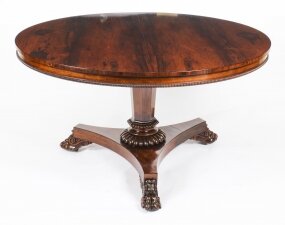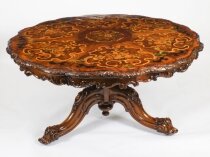Antique William IV Centre Breakfast Table by Gillows C1830 19th C


Ref:
A2891
Price:
£
0.00



